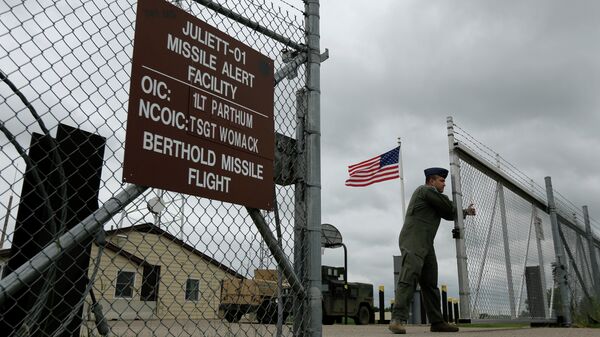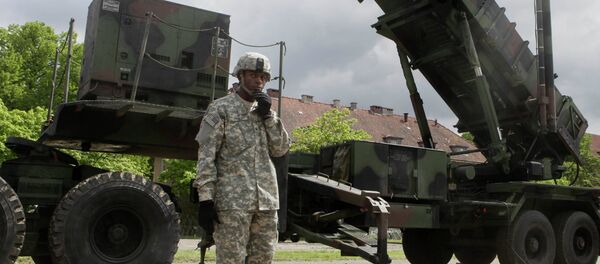The United States has yet to build a reliable domestic defense system that would completely protect the country against a massive ballistic missile attack, admitted Steven Pifer, a former ambassador to Ukraine and director of the Arms Control Initiative at The Brookings Institution in Washington, D.C.
The former ambassador revealed that the Strategic Defense Initiative (SDI) announced by Ronald Reagan in 1983 was intended to deal with thousands of incoming warheads.A more modest Global Protection Against Limited Strikes (GPALS) project that replaced the ambitious SDI under President George H.W. Bush aimed to stop about 200 warheads.
However, the National Missile Defense (NMD) Act of 1999 set a goal of intercepting a few to a couple of dozen warheads.
Protecting the US homeland, "continues to be a difficult task," underscored Steven Pifer, pointing to the fact that the capabilities of the modern US Ground-Based Midcourse Defense (GMD) system "remain uncertain at best."
Steven Pifer elaborated that GMD interceptors were deployed by the Bush administration before they had been thoroughly tested. The GMD project is still sparking concerns regarding its effectiveness and reliability.
The system has not yet been tested against a target with the speed of an intercontinental ballistic missile or a target equipped with advanced electronic components complicating its interception. Alas, almost eleven years after implementing its GMD interceptors in Alaska, US military officials are struggling to ensure that the system works properly.
Insisting that the White House should pay more attention to its domestic missile defense system deployment, the expert emphasized that Washington's geopolitical rivals will not "sit passively," watching the US bolster its military might. They will obviously expand their own defensive and strategic offensive capacities, Steven Pifer warned.




